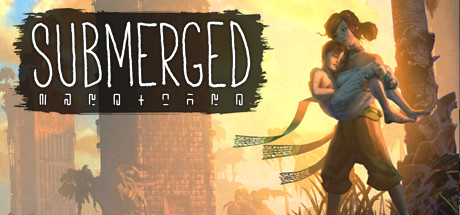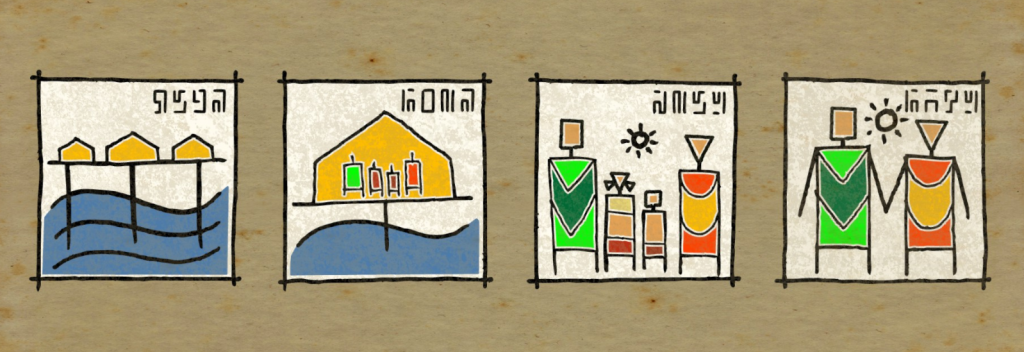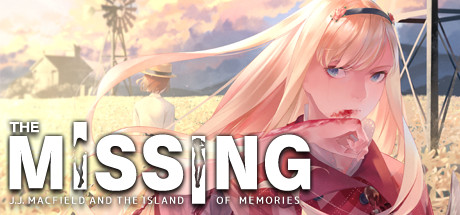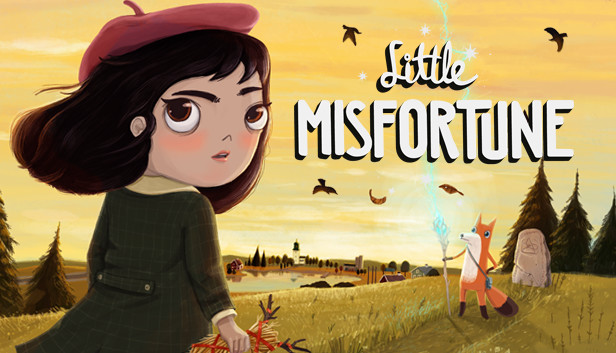The difference between the AAA Developer Titians of the video gaming industry and independent developers is a small one. AAA Games go through large publishers whereas Indie Developers publish by themselves, or through a very small developer. And despite this simple difference, the style and types of games produced by each are vastly different.
AAA Games have money, so they have large teams that allow them to produce more games over time, whereas Indie Developers often have to use Kickstarter and more often than not have smaller teams, sometimes even one person.
I guess you could look at ratings, but my favorite game ever is regarded as one of the worst games made by Bioware, so suffice to say I don’t put much stock in critics.
There’s no good way to conclude which indie games are good and which ones aren’t because of their staggering lack of marketing in comparison to AAA Developers. Some of the best indie games I’ve ever played are unfortunatly quite unknown by most people.
BUT, we’re gonnna talk about some of them anyway because I can say whatever I want on the internet. What usually draws me to certain games is the risks they take with storytelling and game mechanics. Sometimes it works like in Submerged, and sometimes it doesn’t, like in Contrast.
Submerged: A Story of Pictures

Image from Submerge’s steam page on Steam.com
Submerged is the story of a flooded apocalypse land, and you as the main character must explore the skyscrapers overtaken by nature in order to find medicine for your bother, who has fallen ill. All the while, you learn why they ended up in this city, and discover what remnants remain here.

After every chapter, you get a series of four images that explain the story of the main characters. This one in particular describes their family life living above the water. The symbols in the corner of each picture correlate to letters: VLGE, HOME, FMLY, HAPY which mean Villiage, Home, Family, and Happy.
The Missing: J.J. Macfield and The Island of Memories: Progress through breaking down

This game is about J.J. Macfield and her search for her friend Emily on an island after they’d gone camping. Very quickly into the game, we’re aware that not everything it what it seems, as you are forced to delimb yourself and cause other bodily harm in order to progress through the game.

This bodily harm is ultimately symbolic to J.J.’s struggle for acceptance as a Transgender woman, feeling rejected and actively bullied she is conflicted about herself, and whether or not she’s broken or not. Despite such dark topics, this is ultimately a game of hope, and I highly recommend it.
Little Misfortune: Pastel Psychological Horror

This game is adorable, and adorably terrifying. The thing that makes this one so intriguing is Little Misfortune’s casual delivery of horrific dialogue. Her reaction to what is normal and what isn’t indicates a lot about her home life.
She talks about rocks being thrown at her, eating glitter, being forgotten at a store, ignored by her mother, her mother’s alcoholism, and shows a general attraction to her imaginary fox friend. Little Misfortune is about 5 or 6 years old.
This game uses the liteary tool of “less is more” by only giving us Little Misfortune’s backstory through the way she speaks, and the subjects she chooses to talk about when she’s given the chance to talk about herself.
Quick List of Other Indie Games that did some cool stuff

OneShot: you only have one shot to win the game. Beating it doesn’t let you start over unless you uninstall
Doki Doki Literature Club: A psychological horror game that disguised itself as a cute visual novel.
Undertale: A game that sets rules for the player to follow, then immediately breaks its own rules.
Oxenfree: No other game has succeeded in replay value than Oxenfree. In order to get the whole experience, you have to play through the game twice, and replaying the game is actually acknowledged in the story itself.
The Hex: Rejected or abandoend video game characters band together to kill their creator, taking you on a journey across many video game genres all in one game.
Leave a Reply